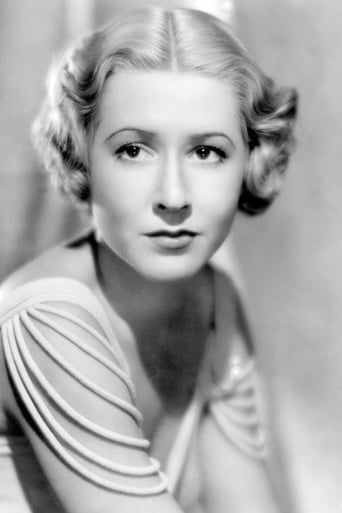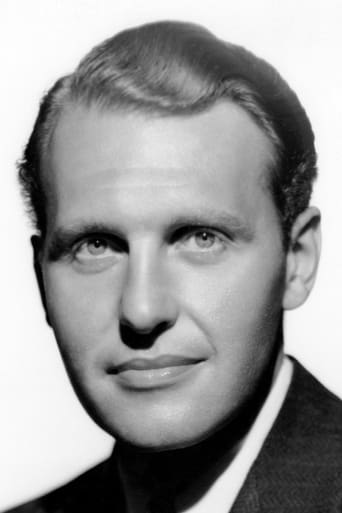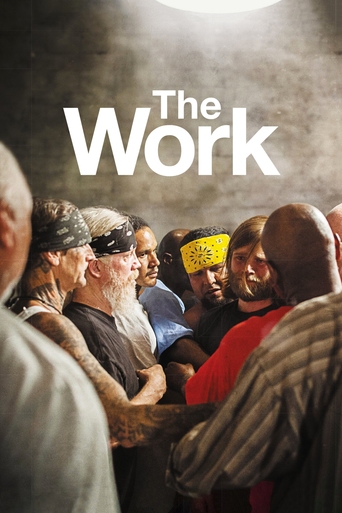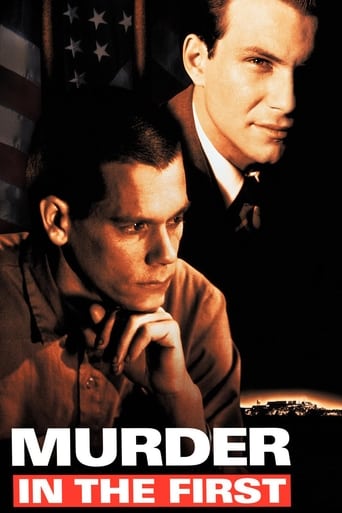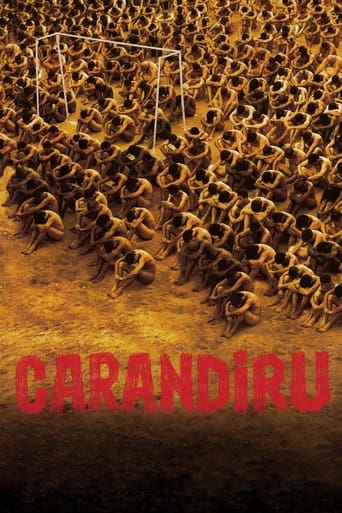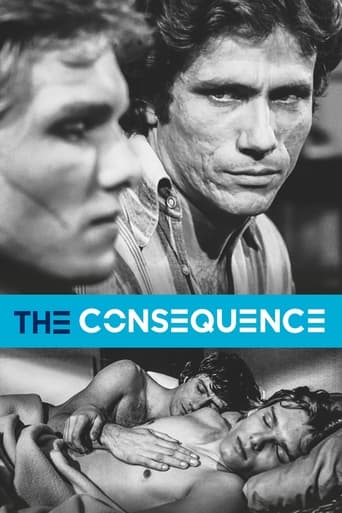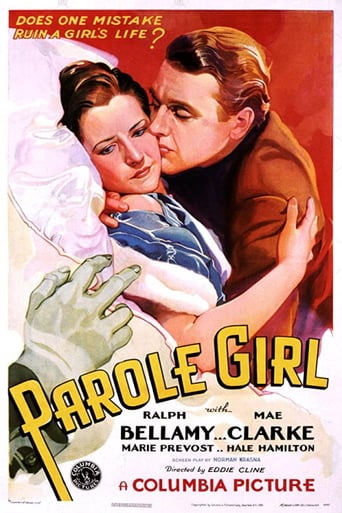
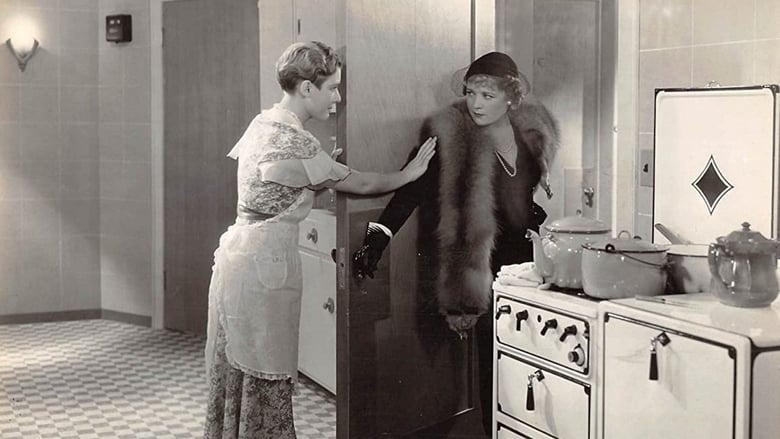
Parole Girl (1933)
A woman convicted of fraud aims to take her revenge on the man who put her inside after being released on parole.
Watch Trailer
Cast


Similar titles
Reviews
Bad girl Mae Clarke is too involved in a racket that results in payment over being wrongfully accused of being a pick-pocket. Along with shady partner Hale Hamilton, Clarke goes from department store to department store, using the phony accusation of stealing Hamilton's wallet as a way of extorting money from the department store management. She doesn't count on an insurance company catching onto her racket, ending up in jail for her petty crime yet paroled for trying to put out a fire she deliberately started simply so she could be paroled. Recognizing drunken department store insurance manager Ralph Bellamy who had refused to help her escape a prison sentence, Clarke sets up a phony marriage (with Hamilton as the justice of the peace) and sets up house with him. When con-artist fellow prisoner Marie Prevost shows up at her door, Clarke is too tempted to join in on other rackets, but will her growing feelings for Bellamy, the sap of all saps, keep her from going through with abandoning him? A clever, if somewhat preposterous plotline, helps make this pre-code drama about bad girls turning good work, along with the great performances of Clarke (aka "the grapefruit girl" from "The Public Enemy"), Bellamy, Hamilton, Ferdinand Gottschalk (as Bellamy's boss) and especially Prevost. The script by Norman Krasna is filled with clever innuendos and plot developments, and the direction by Edward F. Cline is fast moving and tight. Every set-up of each plot development is exceptionally clever, and as a result, this ends up being one of the great sleepers of the pre-code drama that just a year later would be too scandalous to be made into a film. Clarke is extremely unique as a leading lady and gives one of her best performances. Gottschalk is adorable as the lovable old coot who loves to cook and enjoys watching Bellamy and Clarke be affectionate as they dine on his delectables, even if their marriage unbeknownst to him is a sham. Prevost, in her last major role, is an absolute delight, stealing every moment she is on screen, making me wonder why she would soon be reduced to bit parts that lead to an early death just a few years later.
Mae Clarke and Ralph Bellamy have excellent chemistry in Parole Girl. But what really puts this film on the map is its ability to take a theme like revenge and make a routine prison film into something more. Here, it becomes an unlikely romance. The supporting characters enliven the proceedings. There's the friend who throws the apple out the window on the train, and the boss who comes to dinner but enjoys sitting in the kitchen. But the most interesting bit occurs earlier in the picture. It's a dramatic prison fire scene, and it is one of the best-staged action scenes this writer has viewed in a long time.
I recorded this movie and watched it in the morning. It was well worth it, even though it was short and the plot is sometimes very contrived, but then again most movie plots are contrived. Mae Clark did a very good job playing a woman who is basically good but due to circumstances does not always follow the most moral path. I won't go into more but the movie was very entertaining. You can tell the movie is pre-code and that adds just enough of an edge to make it interesting. Ralph Bellamy did a good job of playing the forced upon husband. He was quite entertaining. Mr. Taylor played by Ferdinand Gottschalk was an interesting character it reminded me of the old days when having a wife and kids increased your chance of promotion at the company. Those days are gone, but it does give you an insight into what life was pre-1960's.
PAROLE GIRL (1933) is a variation of the Girl who seeks retribution for a alleged wrong done to her. The original play WITHIN THE LAW (1912) no doubt was the source material for this screenplay. Just changed enough, to avoid being sued for plagiarism.THE NUTS; Sylvia Day (Mae Clarke) gets picked up for shop-lifting. Joe Smith (Ralph Bellamy) is not sympathetic to her problems. In fact never sees her but has flunky turn her over to the law. After serving time and out on 'Parole' she tricks Smith into marrying her to exact her revenge. Eventually pair fall in love and at the fade out REALLY get married. At 67" it is just long enough to be entertaining without taxing the audience.WITHIN THE LAW would be filmed in 1916, 1917, 1923. In 1930 it would be filmed under the title of PAID M.G.M. and star Joan Crawford. The version we are most familiar with is WITHIN THE LAW (1939) M.G.M. and would feature contract player Ruth Hussey, running 65". Last version was INTAQUAM (1969) a Shaktiman Enterprises, production of India. Though this plot-line had been used from T.V. movies too soap operas.One final note, the attractive Mae Clarke though looking very chic had the most unflattering 'butch' hairstyle to grace the 'silver screen'.


